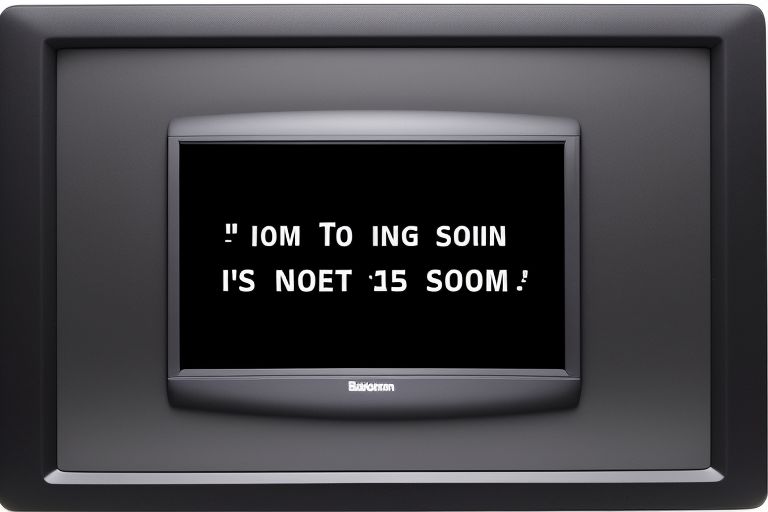Blogposts
Thoughts on things, sometimes things I've learned from my own work, or on the state of the industry as a whole.
UPCOMING: Data Oriented Design On LLM AIs
On LLM AIs
|
Thoughts on things, sometimes things I've learned from my own work, or on the state of the industry as a whole.
UPCOMING: Data Oriented Design On LLM AIs
On LLM AIs
|